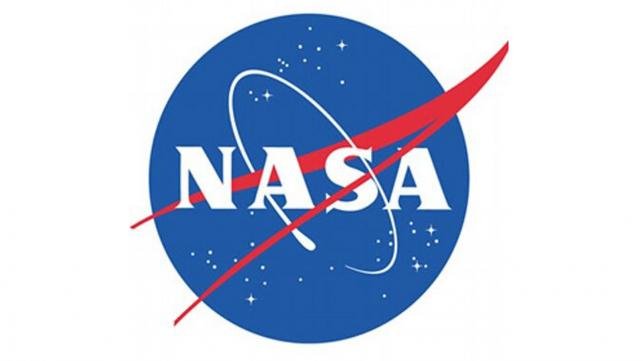
To push its look for life in outsider landscapes, NASA has built up another spectroscopy instrument intended to recognize mixes and minerals related with natural action more rapidly and with more prominent affectability than past instruments.
Albeit no confirmation of life outside of Earth has yet been discovered, searching for proof of present or past life on different planets keeps on being an essential piece of the NASA Planetary Exploration Program.
The new framework, definite in the diary Applied Optics, enhances an expository procedure known as small scale Raman spectroscopy.
This procedure utilizes the connection between laser light and an example to give concoction organization data on a tiny scale.
It can recognize natural mixes, for example, the amino acids found in living things and distinguish minerals framed by biochemical procedures on Earth that may demonstrate life on different planets, the examination said.
"Our instrument is a standout amongst the most progressive Raman spectrometers at any point created," said M Nurul Abedin of NASA Langley Research Center who drove the exploration group.
"It defeats a portion of the key restrictions of customary small scale Raman instruments and is intended to fill in as a perfect instrument for future missions that utilization wanderers or landers to investigate the surface of Mars or Jupiter's frigid Europa moon," Abedin said.
The new framework, called the standoff ultra-reduced miniaturized scale Raman (SUCR) instrument, was created by NASA in a joint effort with the University of Hawaii.
Size and weight were imperative to consider when outlining the SUCR instrument for space investigation.
"We needed to ensure the instrument was little and light with the goal that it could go on board a little, fuel-effective spaceship that would influence the nine-month to excursion to Mars or the six-year voyage to Europa," said Abedin.
"The instrument should likewise work with different instruments on board a meanderer or lander and be unaffected by the brutal radiation conditions found on different planets," Abedin said.